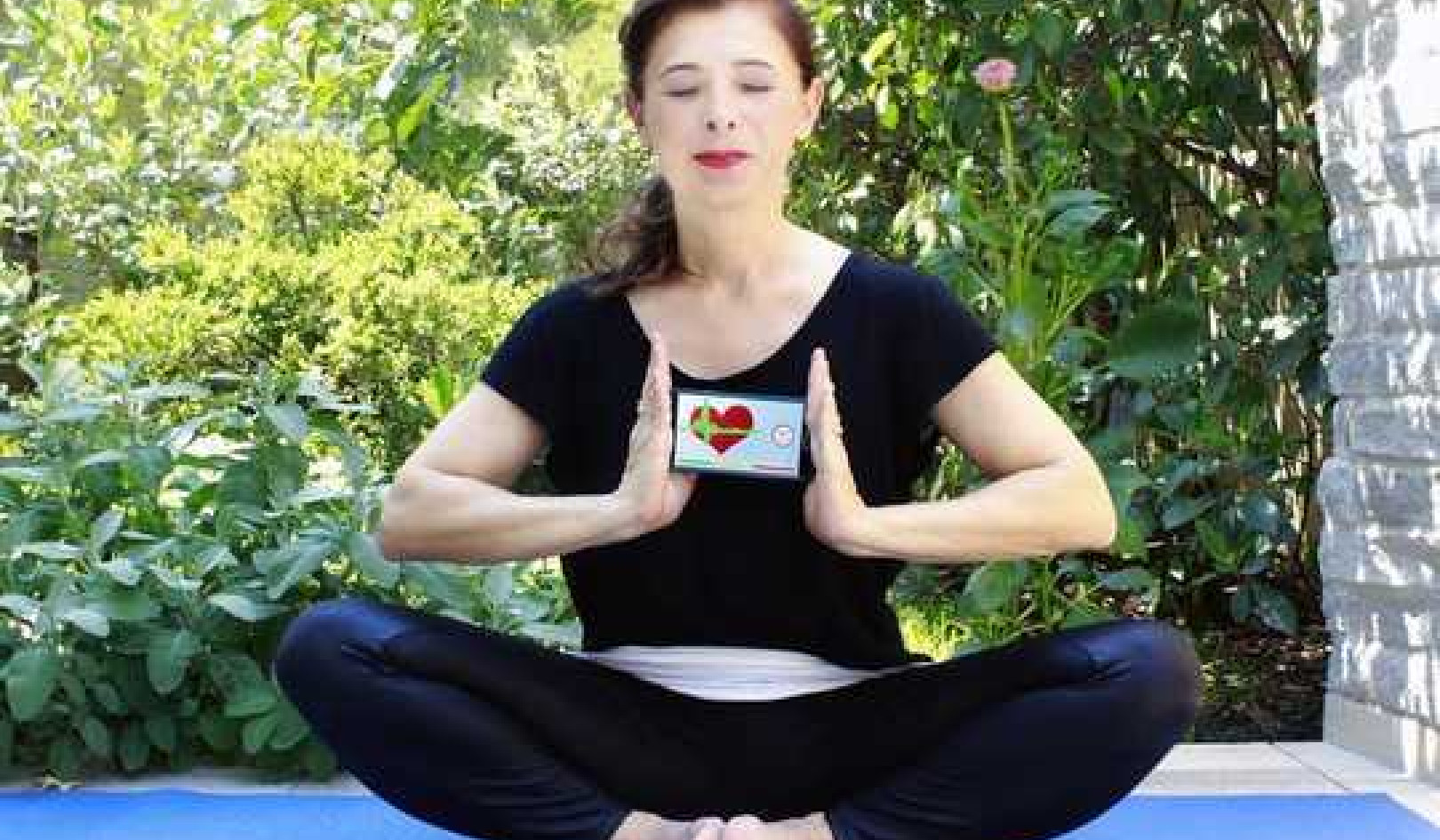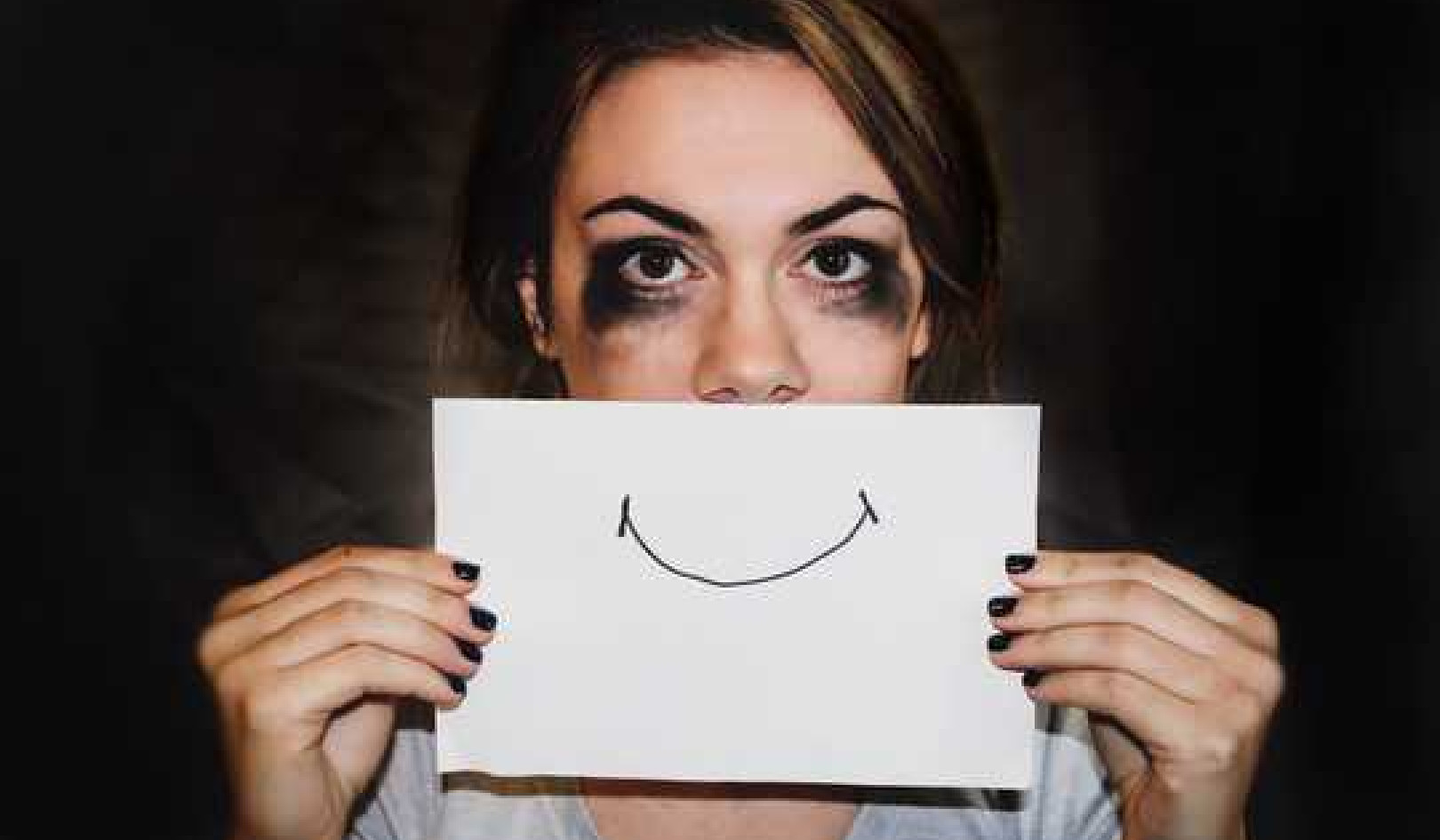
Three years ago, on the 18th of November, 2013, the Oxford English Dictionary named the term “selfie” as their Word of the Year.
It was a term coined by an Australian, who took a photo of himself. He then posted it on an ABC online forum, saying, “Um, drunk at a mates 21st, I tripped ofer [sic] and landed lip first (with front teeth coming a very close second) on a set of steps. I had a hole about 1cm long right through my bottom lip. And sorry about the focus, it was a selfie”.
Today the term crops up with the regularity of death and taxes in news feeds across the world, and like death and taxes, it releases myriad conflicting contrails. Selfies have been blamed for ruining your relationships, your skin and photography itself. Oh, and of course, you might be a psychopath if you’re a selfie-posting man.
But selfie culture jams numerous urges together: the impulse to be noticed, to exert control over one’s own self-presentation, to bear witness, to reframe stereotypes, to celebrate.
Last week in Australia, Kevin Kwok took a video selfie in front of a bushfire in Kundabung, in northern NSW, documenting the danger he was in. Predictably, he was criticised for being a narcissist, for thinking of selfies rather than survival, in an echo of the selfies-as-pathological story we are accustomed to hearing these days.
 Instagram
Instagram
In Lisbon, a selfie-taking tourist accidentally, if ironically, broke an 18th century statue of St. Michael, seen by Christians as the protector from evil. Earlier this year in Mumbai, the police enforced “no-selfie zones” to try and prevent selfie-related fatalities particularly in coastal areas with no handrails. We all know that it takes only a few microseconds for search engines to throw up selfies of pouting celebrities and mudbloods alike, in mid-twerk or mid-bicep-bulge.
The #creatingconsentculture activist Amber Amour live-blogged the aftermath of being raped, pushing back against victim-shaming and stigma with unapologetic selfies.
Numerous body-positive selfies on blogs and other social media platforms are contributing to the resistance against the unrealistic ideal of feminine beauty, what Naomi Wolf once famously termed “the beauty myth”.
Selfies of indigenous people in different parts of the globe are a powerful statement about resisting erasure. A cursory web search using the term “indigenous selfie” reveals the diversity of First Nations communities across the world, united in their defiance of the continuing decimation of indigenous cultures.
Dalit History Month crosses genres and takes the selfie to a different, more collaborative, level. It is focused on the experiences of the historically oppressed and still violently abused Dalit communities in India. As a participatory radical history project working a lot with social media, it resists the usual study of Dalits without Dalits. A similar collaborative project in Australia is Indigenous X.
A 2013 study called Young people and sexting in Australia: Ethics, representation and the law, highlighted the diverse practices that are part of digital picture sharing culture, including private selfies, public selfies, and joke selfies.
In one of the papers that emerged out of this study, Selfies, Sexts, and Sneaky Hats, researcher Kath Albury draws our attention to “the broader cultural ambivalence and anxieties regarding sexed and gendered practices of self-representation”.
In light of this, we may ask why such ambivalence and anxiety exists. This is a question with roots so deep it will take a few lifetimes to excavate. However, considering this question does help us look past this legacy narrative of selfie-as-pathology.
It is a question that nicely illuminates the idea that the selfie, far from being a four (or six) letter word, is in fact not just a word at all. It is a whole other language, one that offers the unseen and unheard a spectacular way of writing back.
![]()
About The Author
Roanna Gonsalves, Sessional Academic, UNSW Australia
This article was originally published on The Conversation. Read the original article.
Related Books
at InnerSelf Market and Amazon






















